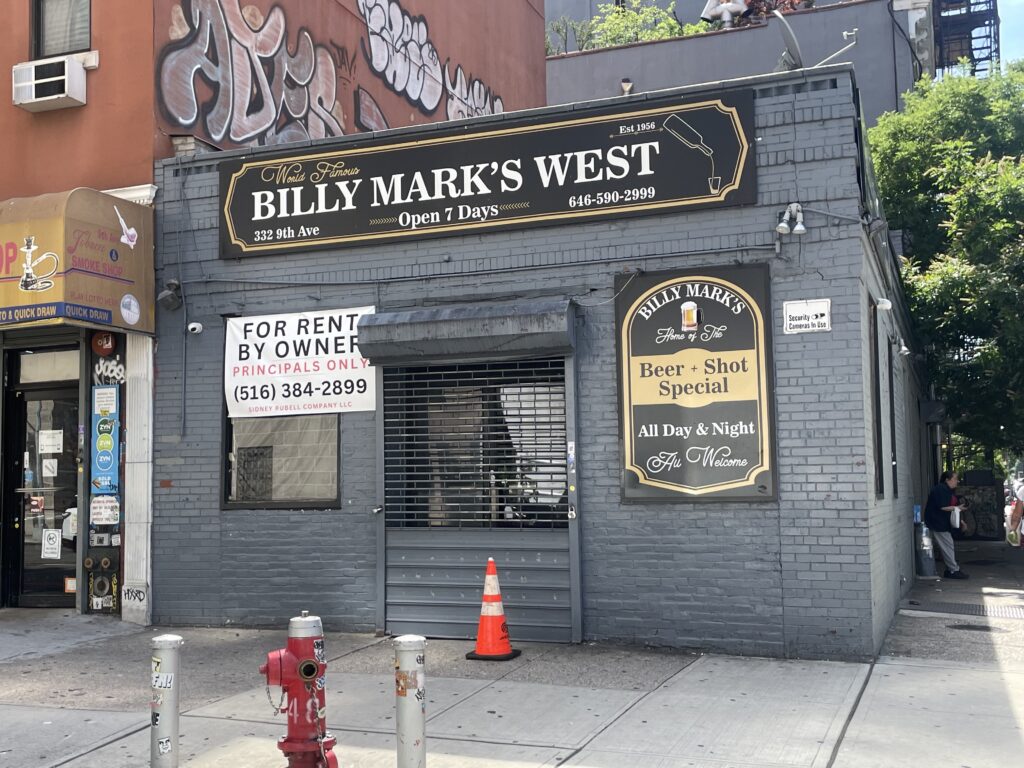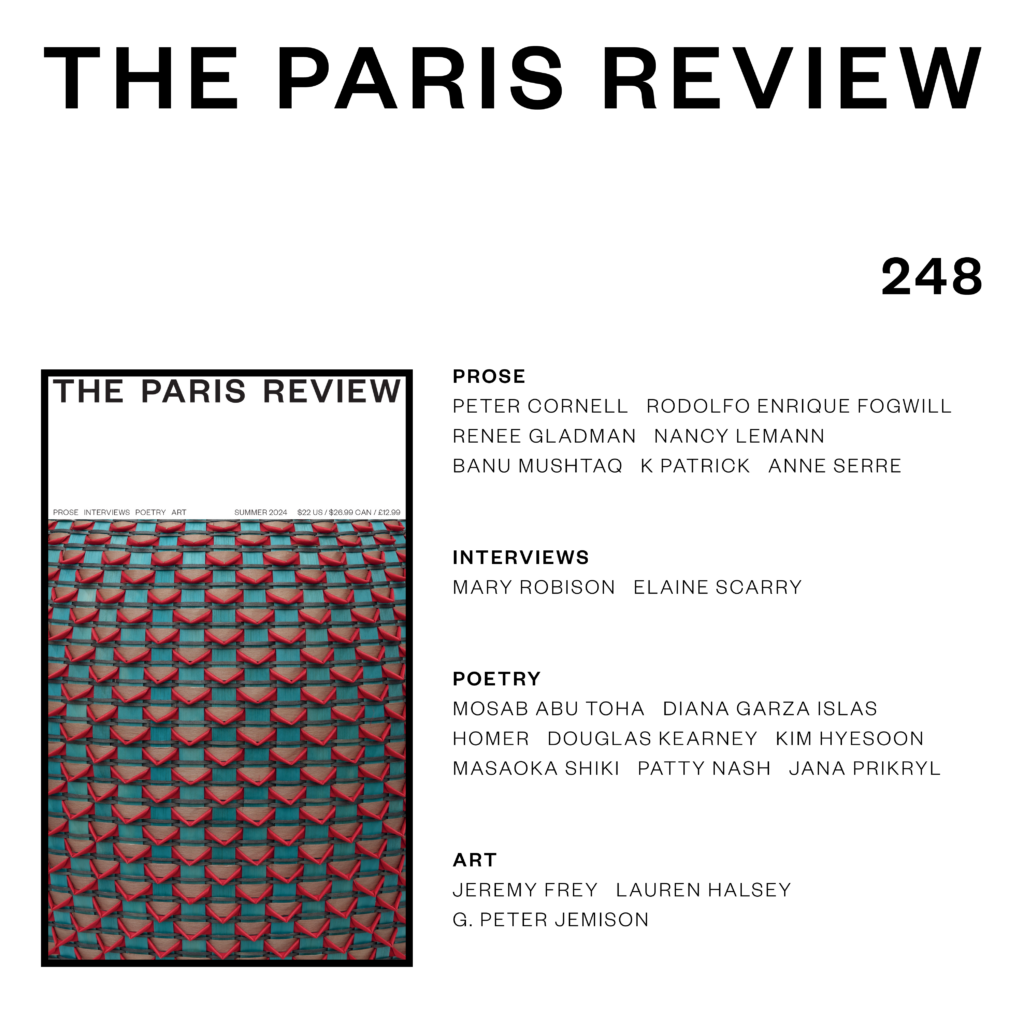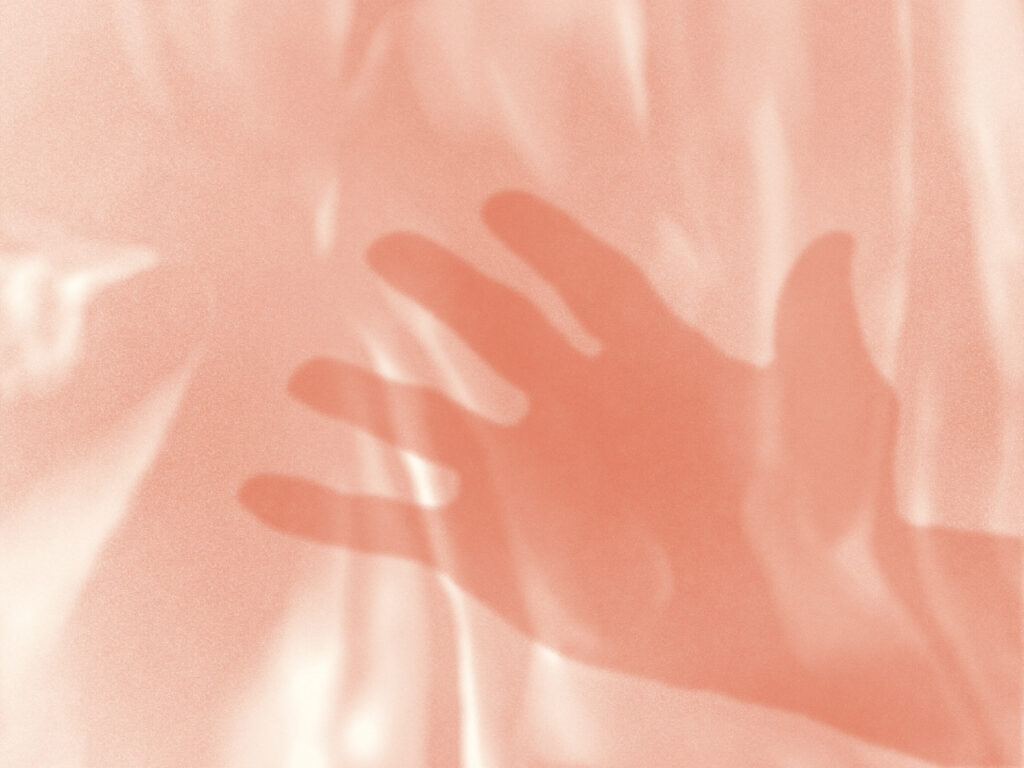Photograph by Nikita Biswal.
Billymark’s West was a normal bar. That was its greatest virtue, probably. It had a pool table, a jukebox, booths, a beer-and-shot special. It was a little dingy and dark. There was a TV and, somewhat oddly, a lot of Beatles-themed memorabilia. The prices were not so bad, by New York standards, though drinks weren’t as cheap as they could have been, either. There was graffiti in the bathroom. It was in some ways the Platonic ideal of a bar, such that it might seem familiar to you even if you’d never been. It had its own story, of course: it opened in 1956 and was taken over in 1999 by two brothers, Billy and Mark, one of whom was usually at the bar. They were the kind of guys you would describe as “characters” in part because they were playing a well-worn role. Billy—whom I saw more often—would call me “honey” and then charge me a price for my Miller High Life that seemed, each time, to be made up on the spot. Sometimes he was gruff, but mostly he was jovial, and it appeared as though he knew everyone in the bar, in a vague sort of way. The patrons of Billymark’s filtered in from the odd mix of places nearby: Rangers games at Madison Square Garden, galleries in West Chelsea, trains at Penn Station, and the offices of The Paris Review a few blocks away. I liked going to Billymark’s for a drink after work, though I didn’t go all that often. Still, it was always a place to go, a place in the neighborhood that stood out mostly for how normal it was. When I found out the bar had closed a few weeks ago, I was bereft.
I understand that there are many people who are not always asking themselves, How can I get it back? But I am. Sometimes in fact this question feels like the animating force behind my emotional life—where did it go and how can I retrieve it? No one knows what it is, least of all me. Not long ago I was taking a train north toward Poughkeepsie and I was overcome with the memory of a previous train ride, on a Friday in July several years ago, toward a house in the woods where we stood one night on the porch and watched heat lightning and fireflies rise off the grass in the steam of a recent rain. Other more and less important things happened that weekend, but that is the image that came to me as I stared out the train window, along with the feeling that I could never get it back, any of it. I am speaking of what is generally called nostalgia, though I think the word is overused such that it conjures the gentle, moony feeling you might get listening to a second-rate James Taylor song. No, the feeling I am trying to describe is totalizing, characterized by sharp, surprising loss wrapped up with something like pleasure. That day on the train, I was so overwhelmed that I had to lie down.
Bars are good places to go if you want to chase feelings like this. Or bad places, depending on your perspective. But it’s true that people who frequent bars—who really frequent them—are often the kinds of people who are looking for something lost, and perhaps getting lost in that looking. This is related to the consumption of alcohol, which can feel at times like a shortcut to bygone days. It also has to do with the spaces themselves, which are designed to be familiar and to mimic, perhaps, other bars where we’ve been before while retaining their own particular magic. That’s what a good bar is like, anyway. There are fewer and fewer good bars, for all the obvious reasons, and Billymark’s was one of the last in the stretch of blocks around our office. I can’t really explain why, but it was an especially good one.
Billymark’s was the kind of bar that allowed you to feel like maybe you could get it back. It made me think I could get Beacon Hill Pub back—the first bar where I ever drank as a teenager, a place where in the eighties my father used to eat the hot dogs they would boil at closing time, or so he said, and where I once whiled away a Saint Patrick’s Day staring into the shockingly blue eyes of a stranger, wondering what would become of my life. That bar is closed. Billymark’s made me feel like I could get back the Chieftain, an old newspaper bar downtown in San Francisco which isn’t even gone but is gone from my life, or really I am gone from its. Other bars like these, where I have wasted my wastrel youth, all seemed contained, somehow, in Billymark’s. They seem contained, too, in the loss of it. Probably I should have expected this, from all those stories I used to hear about bygone days, but it’s been a surprise all the same: as I get older, there are more and more places I’ll never go again.







